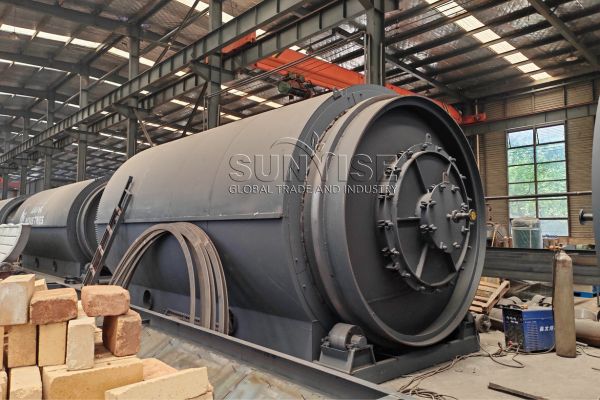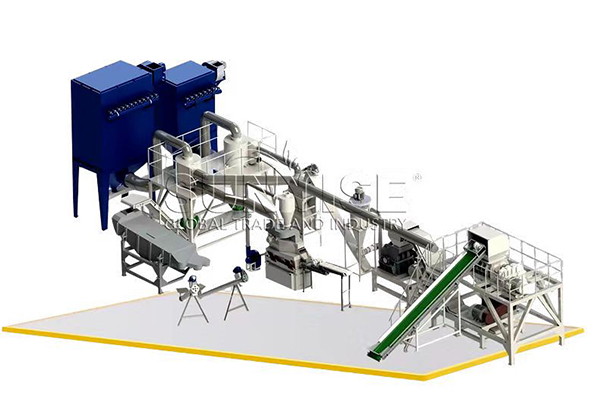Discharging and Safety Precautions
The first and foremost step in the physical recycling process of cobalt from lithium batteries is discharging. Used lithium batteries may still retain a significant amount of electrical charge, which can pose serious safety hazards during subsequent handling. To discharge the batteries, they are connected to a controlled resistive load. This allows the residual charge to be dissipated in a safe and regulated manner. Special attention must be paid to safety during this process, as lithium batteries can potentially overheat or even explode if not discharged properly. Adequate ventilation and fire suppression systems should be in place in the recycling facility to mitigate any potential risks. Once the batteries are fully discharged, they can be moved on to the next stage of the recycling process.
Grinding and Size Reduction

After disassembly, the electrode materials, which contain cobalt, are subjected to grinding. This step reduces the size of the materials into fine particles. Grinding mills or shredders are employed to break down the electrodes. By decreasing the particle size, it becomes easier to handle and further process the materials. The ground particles have a larger surface area, which is beneficial for subsequent physical separation processes.
Physical Separation Techniques
Several physical separation methods are then utilized. Magnetic separation can be applied if there are magnetic impurities or if the cobalt-containing particles have magnetic properties. This helps in removing unwanted magnetic substances. Another crucial technique is density separation. Since different components in the battery have different densities, a centrifuge or a density-based separator can be used. The cobalt-rich particles can be separated from other lighter or heavier materials based on their density differences. Electrostatic separation is also an option, where charged particles are separated according to their electrical properties. Through these sequential physical separation processes, cobalt can be effectively isolated and recovered from lithium batteries, paving the way for its reuse in various industries and reducing the environmental impact associated with battery waste disposal. applications, contributing to a more sustainable and circular economy in the battery industry.

In addition, if you have interest in lithium battery recycling plant, solar panel recycling machine, circuit board recycling lines, waste tire pyrolysis recycling line and other electronic waste recycling projects, please contact us. Electronic waste recycling machines and solutions, we are professional!
Contact Us





